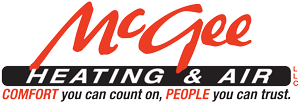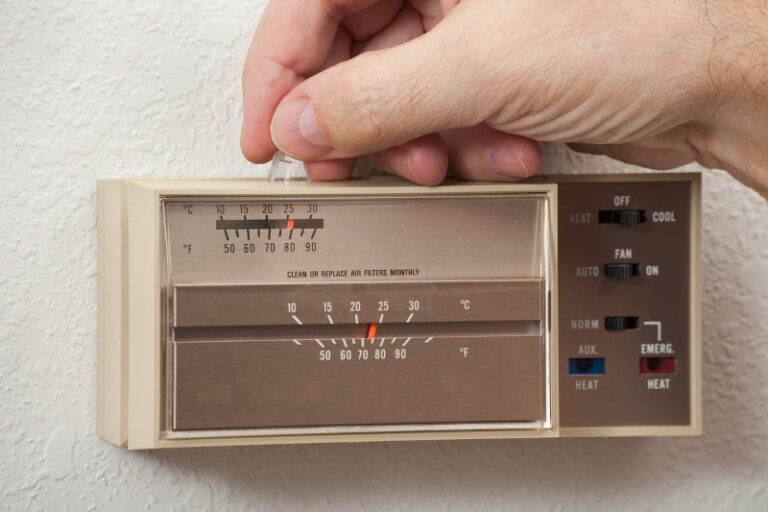HVAC systems in older homes can develop several issues for a variety of reasons. The materials used to construct the HVAC system could be out of date and less efficient compared to modern materials. Over time, an old thermostat, lack of airflow, low air quality or faulty ductwork could cause various components of the system to deteriorate in your Anderson, SC, home.
Antiquated Thermostat
An updated thermostat allows you to better control your cooling and heating preferences. A modern system can adjust to your sleeping and waking patterns. For instance, you can set a programmable thermostat to lower the temperature at night when you’re asleep and increase it before you wake up.
This not only improves your comfort but also saves energy, reducing your cooling and heating bills. Newer thermostat technologies allow you to control the temperature of your home from anywhere with a smartphone or tablet. This is especially convenient when you need to leave your home for an extended period, such as when you’re on vacation.
Older systems cycle more frequently, resulting in ineffective heating and cooling as well as wear and tear. Modern thermostats, on the other hand, can help extend the life of your HVAC system by reducing the frequency of its cycles, decreasing the amount of wear and tear on it. By giving you more control over the temperature in your home, modern thermostats allow you to better enjoy your home’s comfort while reducing energy consumption and costs.
Dirty Ducts That Reduce the Airflow
Older ductwork may contain a lot of dirt, buildup and debris that get circulated through the home and potentially your lungs. Reduced airflow ultimately prevents the rooms of your home from being evenly cooled and heated.
It’s possible that your ductwork was poorly constructed. When this is the case, it directly affects your HVAC system. The older your HVAC system is, the more likely it is that it contains materials that have fallen out of favor since its manufacturer built it.
Indoor Air Pollution
The air quality of your home is directly connected to your HVAC system. Older systems may produce odd smells, and they’re less efficient than modern ones.
Your system should be able to filter contaminants that have entered the home from outside and control your indoor humidity. Older HVAC systems may not filter pollutants effectively, leading to poor indoor air quality. Old ductwork may often have debris, dust and allergens that can circulate through the system, contributing to air pollution in the home.
A new, modern HVAC system will help reduce the possibility of health problems that pollutants cause. Newer systems have advanced filters that can better capture allergens and pollutants.
Faulty Ductwork
When ductwork is faulty, it reduces the capacity for the system to cool and heat. Leaky ductwork has a significant impact on the performance and efficiency of an HVAC system. When ducts are faulty, air can escape before it reaches the desired location, decreasing the airflow.
The harder the HVAC system has to work to reach the desired temperature, the higher the energy billse. Regular duct inspection in older homes can help to prevent these issues by addressing flaws in the system.
HVAC systems in older houses tend to have HVAC issues for many reasons. The materials used to construct the ductwork may be out of date. Older building materials are less efficient in comparison to modern materials.
An old thermostat, faulty ductwork, decreased airflow or poor air quality can cause various components of an HVAC system to deteriorate. If you sense that your heating and cooling system isn’t up to par in your older home, contact our service technicians at McGee Heating & Air Inc. for professional HVAC services. We can install a ductless HVAC system that doesn’t require ducts, helping you maximize energy efficiency and comfort in every room of your older house.
Image provided by iStock

